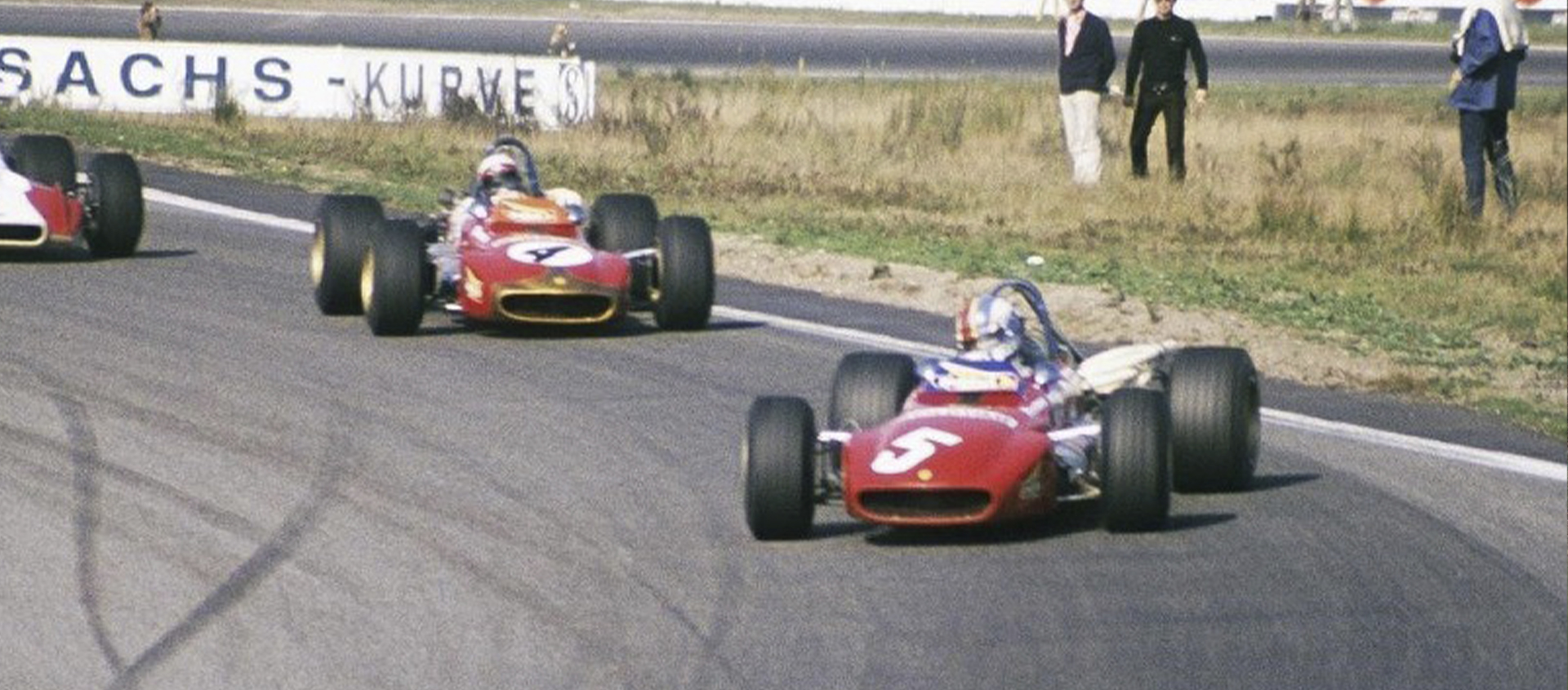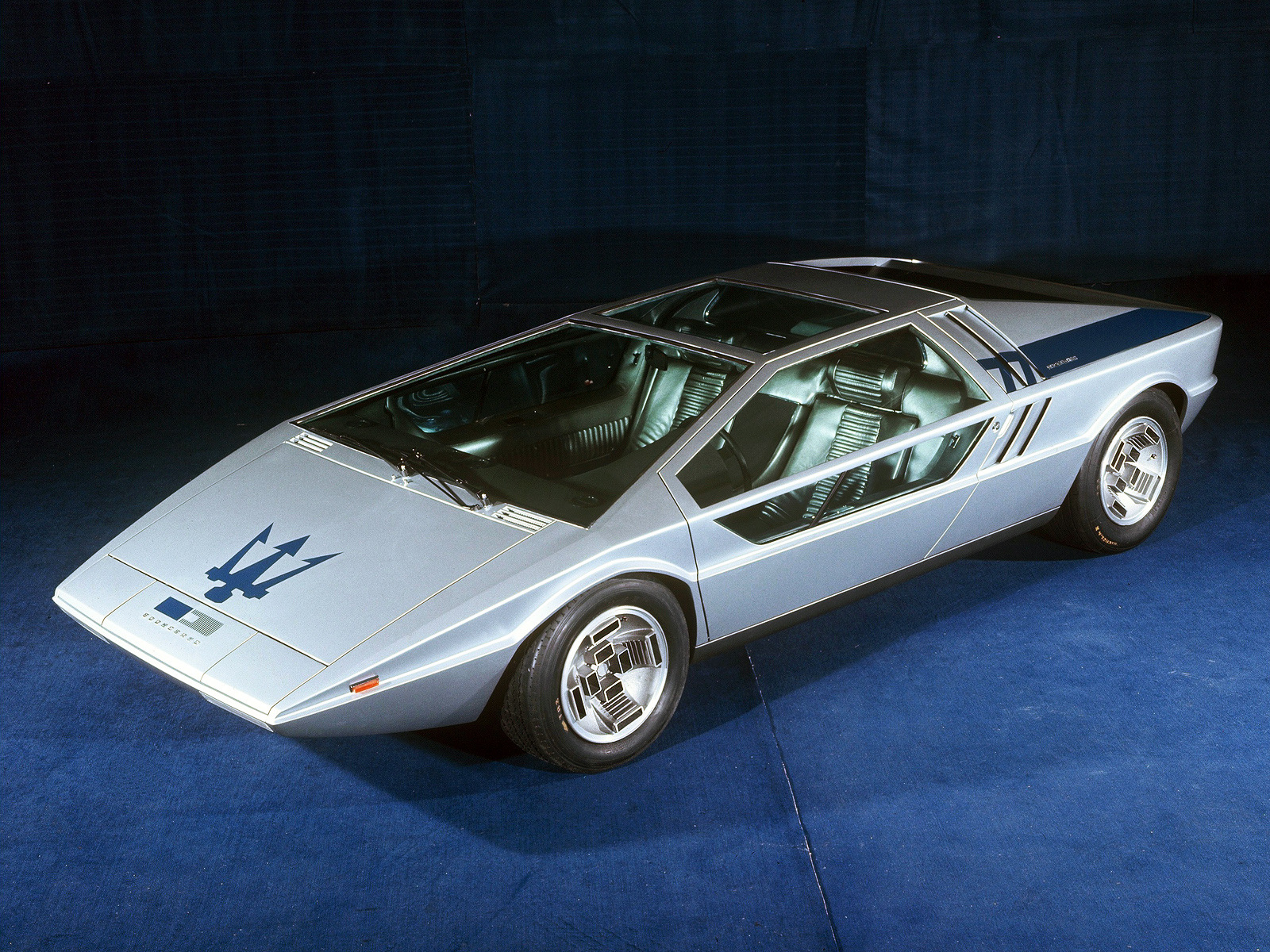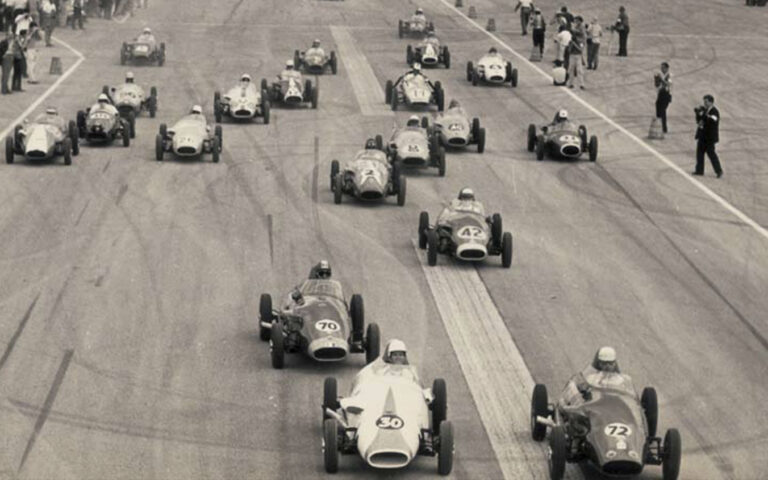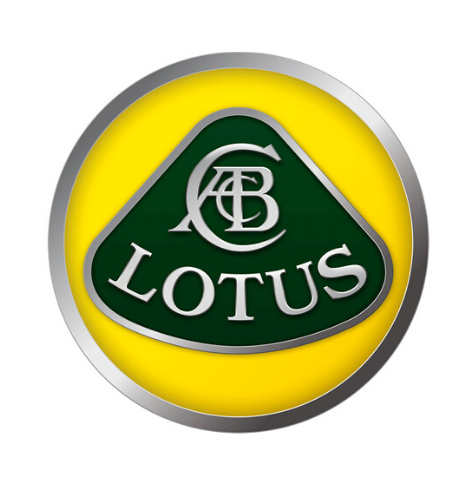Lotus 25: Colin Chapman's first Queen
28 October 2023 3 min read 5 images

Photo credit: Lotus Cars, Wheelsage
Who. Colin Chapman, even more than Enzo Ferrari, embodied the companies he created: Lotus Cars and Lotus Racing. While Ferrari relied on a team of engineers to build his cars, drawing on his previous experience as a driver and founder of the Scuderia that brought him worldwide fame, Chapman had a singular focus from the outset in 1948: the pursuit of lightness. This relentless focus occasionally led to structural failures, some with tragic outcomes.
Register to unlock this article
Signing up is free and gives you access to hundreds of articles and additional benefits. See what’s included in your free membership. See what's included in your free membership.
Already have an account? Log In




